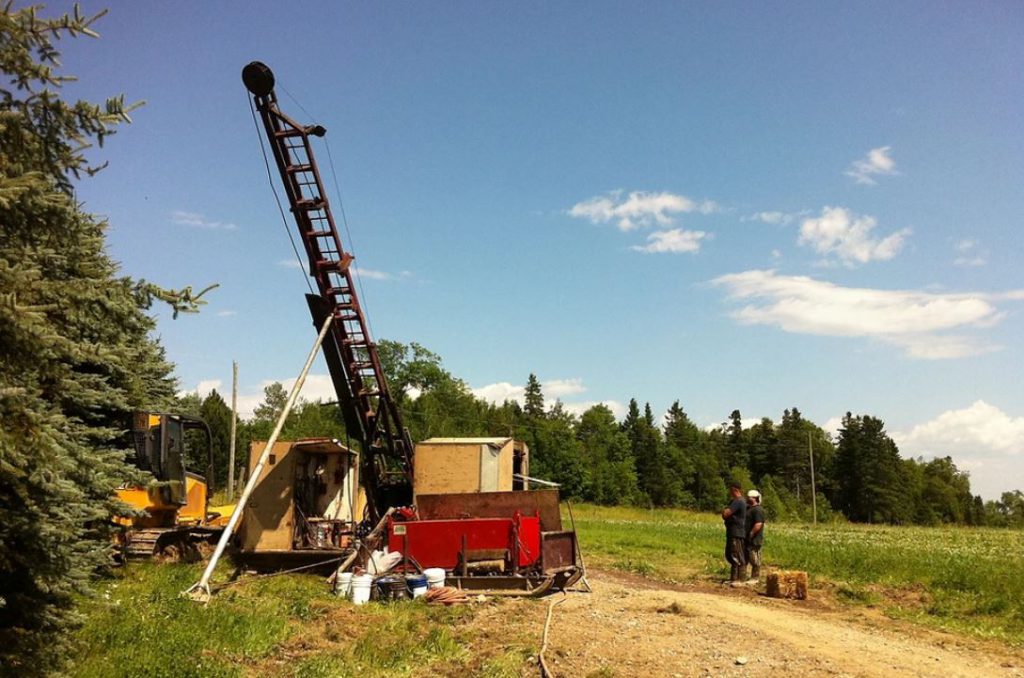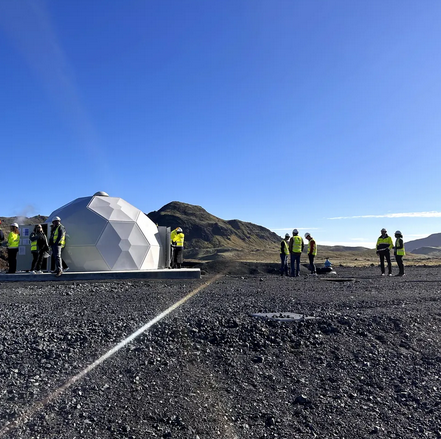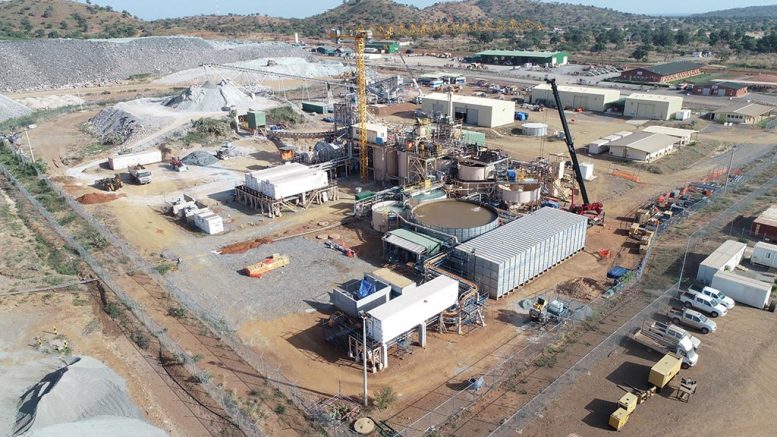US protectionism could benefit Canadian miners

Vast US government spending powers unleashed through the Inflation Reduction Act (IRA) and Defense Production Act (DPA) and intended to kickstart a made-in-America green industrialization effort have Europeans worried they will be shut out of a US green-tech bonanza.
The IRA contains protectionist language that favours American-made components for things such as electric vehicles.
David Cohen, U.S. ambassador to Canada, recently attempted to calm some of those fears. He said American and Canadian policies that incentivize green investments are already producing mutually beneficial results.
“It presents huge opportunities for the United States, for Canada and for First Nations to open new avenues for trade and manufacturing and clean energy and to strengthen regional supply chains,” Cohen said April 24 at the First Nations Major Projects Coalition conference in Vancouver.
He pointed to Volkswagen Group’s recently announced plan to invest C$7 billion in a new electric vehicle gigafactory in St. Thomas, Ontario as an example of Canadian and U.S. strategies and incentives working in concert to allow for the creation of a North American clean-tech industrial plant.
The Canadian government is offering Volkswagen up to C$13 billion in subsidies and incentives over the next decade to build the battery plant in Canada.
“The real story here isn’t that Canada landed the Volkswagen deal and the United States didn’t,” Cohen said. “Instead, it’s the marriage of U.S. tax credits with Canadian incentives – a one-two punch that brought this massive investment to North America. Batteries for electric vehicles will be manufactured in Canada and then put into cars manufactured in Canada and the United States and then sold in the United States.”
For decades, the U.S. and other Western countries engaged with China through increased trade, and China’s massive economic growth helped usher in an era of unprecedented global prosperity. The downside was that it beggared American industrial capacity, as manufacturers fled the U.S. for cheaper jurisdictions, like China.
Photovoltaics (PV), used in solar panels, is just one industry that China ended up capturing, to the detriment (and bankruptcy) of American and Canadian PV manufactures.
China now dominates many areas of industry, including rare earth mining and processing, aluminum smelting, steelmaking and manufacturing. This could hobble North America’s efforts to lead its energy transition.
“There is growing concern that a high level of dependence on China for these minerals and their derivative products may create energy security risks,” the Brookings Institute noted in a report last year.
The U.S. has therefore embarked on a reindustrialization plan – with particular emphasis on the energy transition – that focuses on securing North American critical minerals, smelting and processing, and component manufacturing capacity.
“As the U.S. and Canada move to onshore critical mineral extraction and processing, there’s going to be major opportunities for the B.C. and Canadian mining sectors,” said Michael Goehring, president of the Mining Association of BC (MABC). “Critical minerals are on the top of the national and international agenda. It is not only an environmental issue, it is a national security issue.”
As part of its strategy to rebuild industrial capacity and accelerate the United States’ energy transition, the Biden administration has committed billions in incentives through the IRA to spur investment in clean energy. President Joe Biden has also invoked the DPA eight times since taking office.
He invoked it in March 2022 to increase the production of clean-energy transition metals – including lithium, nickel, cobalt, graphite, and manganese – and again in June 2022 to accelerate domestic production of solar energy components, transformers and electric grid components, heat pumps, electrolysers, fuel cells and platinum group metals.
Cohen said Canadian exploration and mining companies will benefit from the American strategy to secure critical minerals through the DPA.
“Canada is considered a domestic source, just like the United States, under the DPA,” Cohen said. “So Canadian companies and First Nations are just as eligible for DPA funding as United States companies.
“I know that there are a number of Canadian projects that are high on the list for DPA funding.”
Where B.C. fits in along the green industrialization value chain is less on the manufacturing side and more on the mining and refining side.
“B.C. has two of the world’s largest nickel deposits,” Goehring said. “One of the proponents is currently running tests … to assess the feasibility of a nickel-sulphate refining facility here in British Columbia.”
He referred to FPX Nickel Corp. (TSX-V:FPX, OTCQB:FPOCF) and its Baptiste project in B.C. FPX recently completed a scoping study that explored the possibility of not just mining awaruite (a natural nickel-iron alloy) in B.C., but processing it as well.
According to the scoping study, the Baptiste mine and nickel sulphate processing plant could produce enough nickel by 2030 to fulfill 17% of North America’s expected demand for nickel for electric vehicle batteries.
(This article first appeared in Business in Vancouver)
More News
Manganese X poised to begin pre-feasibility study at Battery Hill
April 11, 2025 | 02:39 pm
Carbon removal technologies could create tens of thousands of US mining and quarry jobs – report
April 11, 2025 | 01:33 pm
{{ commodity.name }}
{{ post.title }}
{{ post.date }}




Comments